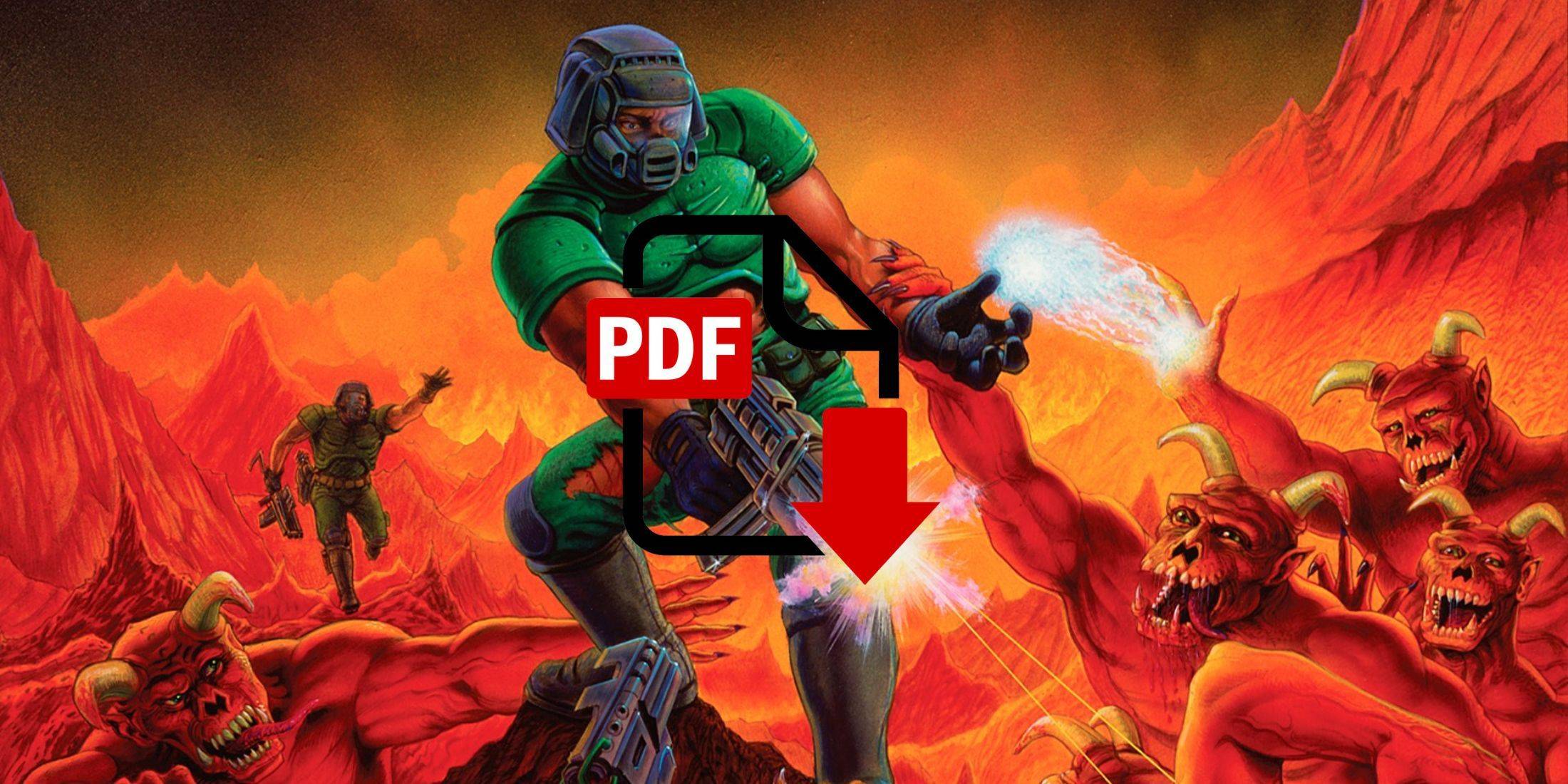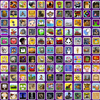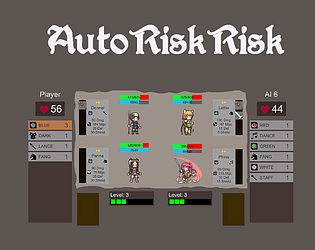Doom Has Been Ported to a PDF File

Doom's Enduring Legacy: Now Playable in a PDF File!
A high school student's impressive feat has added a new chapter to Doom's (1993) already legendary history: a playable, albeit slow, port to a PDF file. This remarkable achievement underscores Doom's enduring appeal and the boundless creativity of its dedicated fanbase.
Id Software's Doom, a cornerstone of the first-person shooter (FPS) genre, boasts a compact size (2.39 MB) that's fueled a long-running trend: running the game on wildly unconventional hardware. From refrigerators and alarm clocks to car stereos, the possibilities seem endless. This latest iteration, by GitHub user ading2210, pushes the boundaries further still.
The PDF port leverages JavaScript's capabilities for 3D rendering and user interaction. However, achieving a playable experience within the limitations of PDF presents unique challenges. The game's 320x200 resolution demands a massive number of text boxes – one per screen row in this case – resulting in a noticeably slower frame rate (80ms per frame). While lacking color, sound, and text, the game remains surprisingly playable, as demonstrated in a video showcasing the port.
Beyond the PDF: Doom's Unconventional Platforms
This isn't the first time Doom has defied expectations. Recent examples include a playable version on the Nintendo Alarmo, controlled via its dials and buttons, and a port within the game Balandro, albeit with performance limitations.
These projects aren't about achieving optimal performance; they're testaments to the enduring legacy of Doom and the ingenuity of its community. The fact that a game from over three decades ago continues to inspire such creative endeavors speaks volumes about its impact and lasting relevance. The future undoubtedly holds even more unexpected platforms for this iconic game.
-
The meteoric rise of Marvel Rivals, NetEase's multiplayer game, has been met with both praise and legal trouble. Although the game rapidly attracted millions of players, its success has been shadowed by serious legal issues for the developer.In JanuaAuthor : Violet Dec 22,2025
-
Digimon Con 2025 has teased a new TCG announcement for fans.Strong hints suggest a mobile-related project is in development.Could this be a potential competitor to Pokémon TCG Pocket?For fans of the long-running Digimon franchise, the upcoming DigimoAuthor : Alexis Dec 21,2025
- Spring Valley Farm Game: January 2025 Redeem Codes
- WWE Superstars Join Call of Duty Warzone: Mobile Roster
- Midnight Girl is a minimalist point-and-click adventure set in Paris in the 60s, now open for pre-orders on mobile
- Mobile Legends: Bang Bang – Best Lukas Build
- "Grand Outlaws Unleashes Chaos and Crime on Android Soft Launch"
- Video Game Song Surpasses 100 Million Streams on Spotify






















